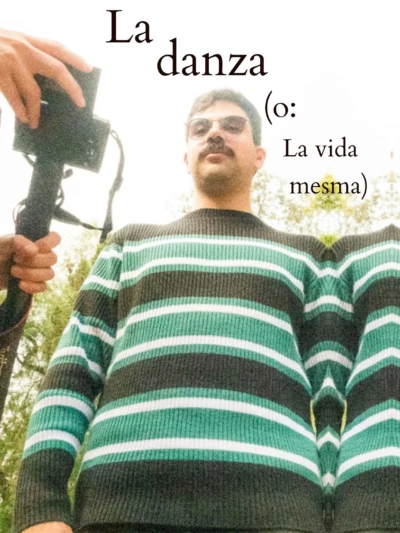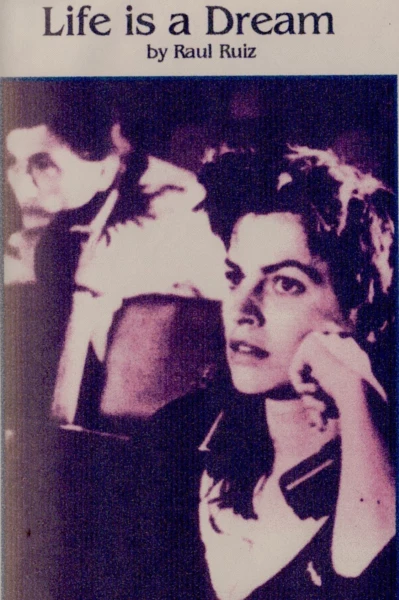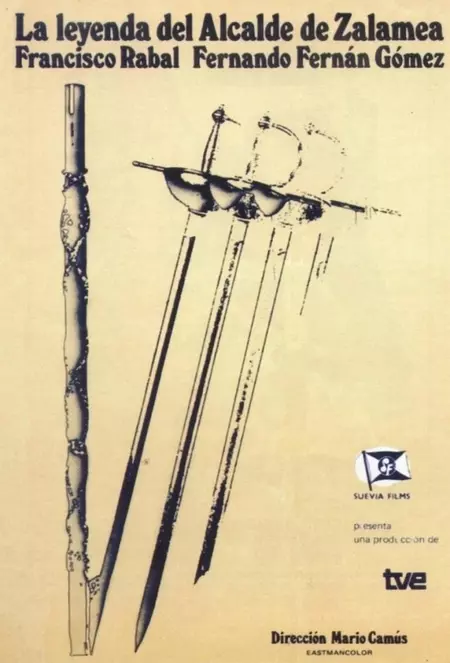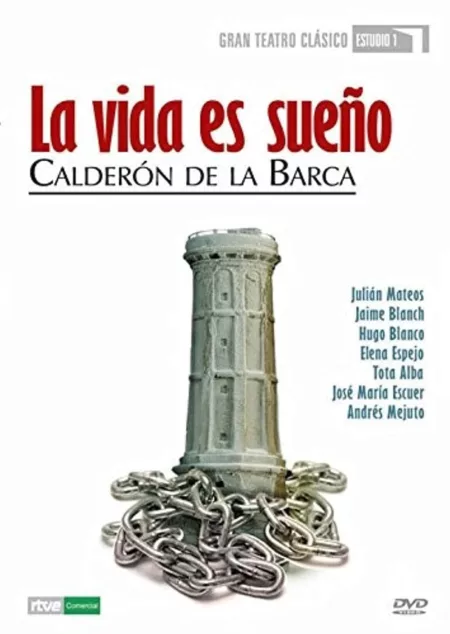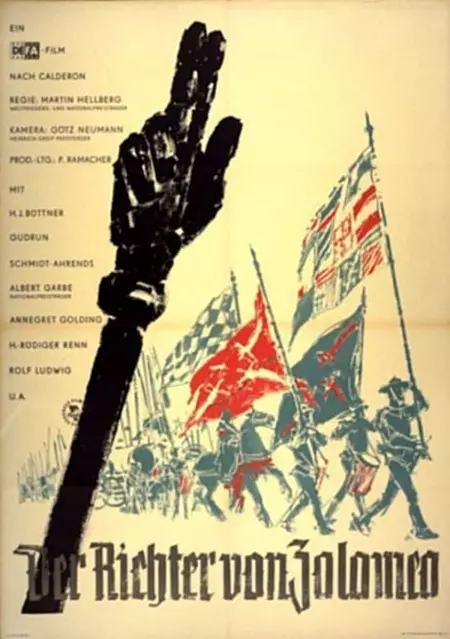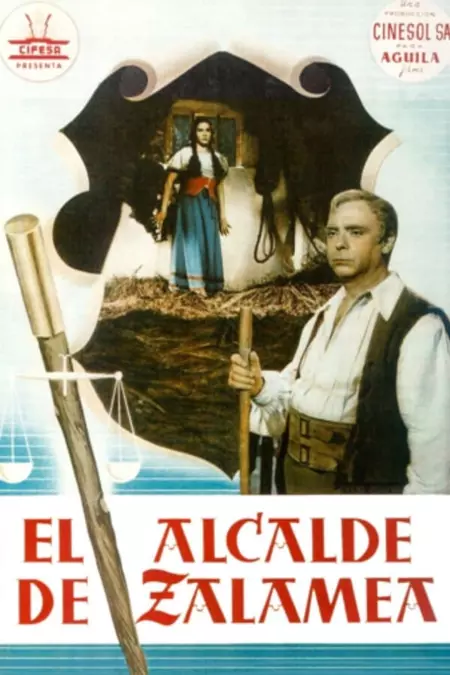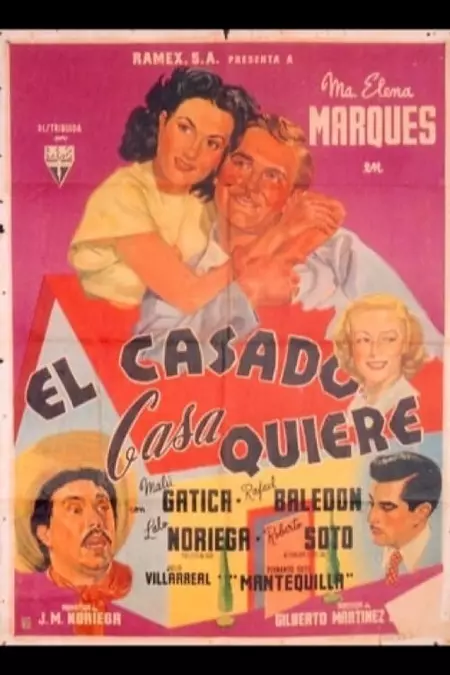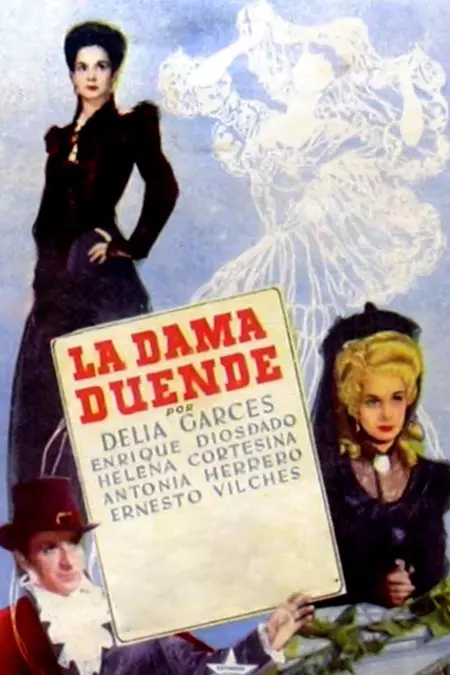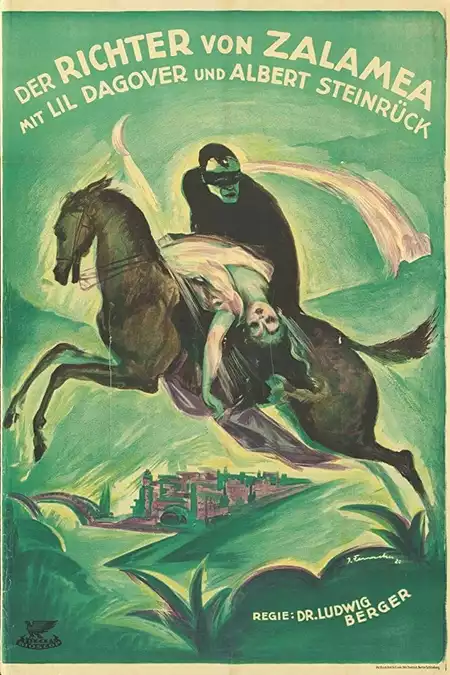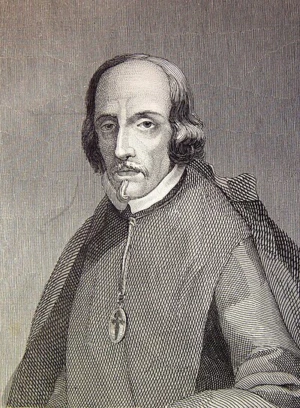
Biography
(No Information)
Filmography
all 23
Movies 23
Writer 19
Writer
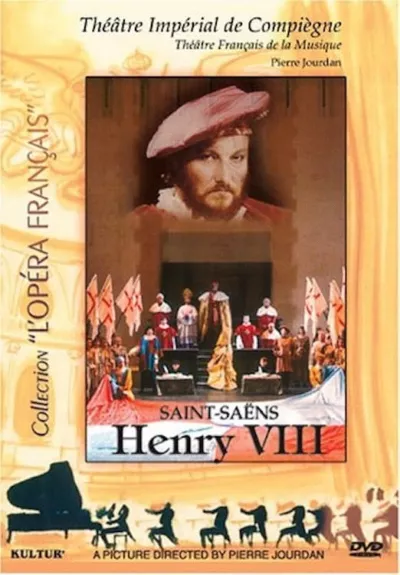
Henry VIII (1991)
Movie
Theatre Play

Życie jest snem (1988)
Movie
Writer

Život je sen (1979)
Movie
Theatre Play

Schovávaná na schodech (1972)
Movie
Theatre Play

Veselohra s dvojníkem (1969)
Movie
Writer

Dame Kobold (1953)
Movie
Information
Known ForWriting
GenderMale
Birthday1600-01-17
Deathday1681-05-25 (81 years old)
Birth PlaceMadrid, Spain
ReligionCatholicism
ChildrenPedro José Calderón de la Barca
SiblingsDiego Calderón de la Barca, Dorotea Calderón de la Barca, José Calderón
CitizenshipsSpain
This article uses material from Wikipedia.
Last updated:
Image credit: Fondo Antiguo de la Biblioteca de la Universidad de Sevilla from Sevilla, España, CC BY 2.0, via Wikimedia Commons
 Pedro Calderón de la Barca
Pedro Calderón de la Barca- Filmography
- Information
